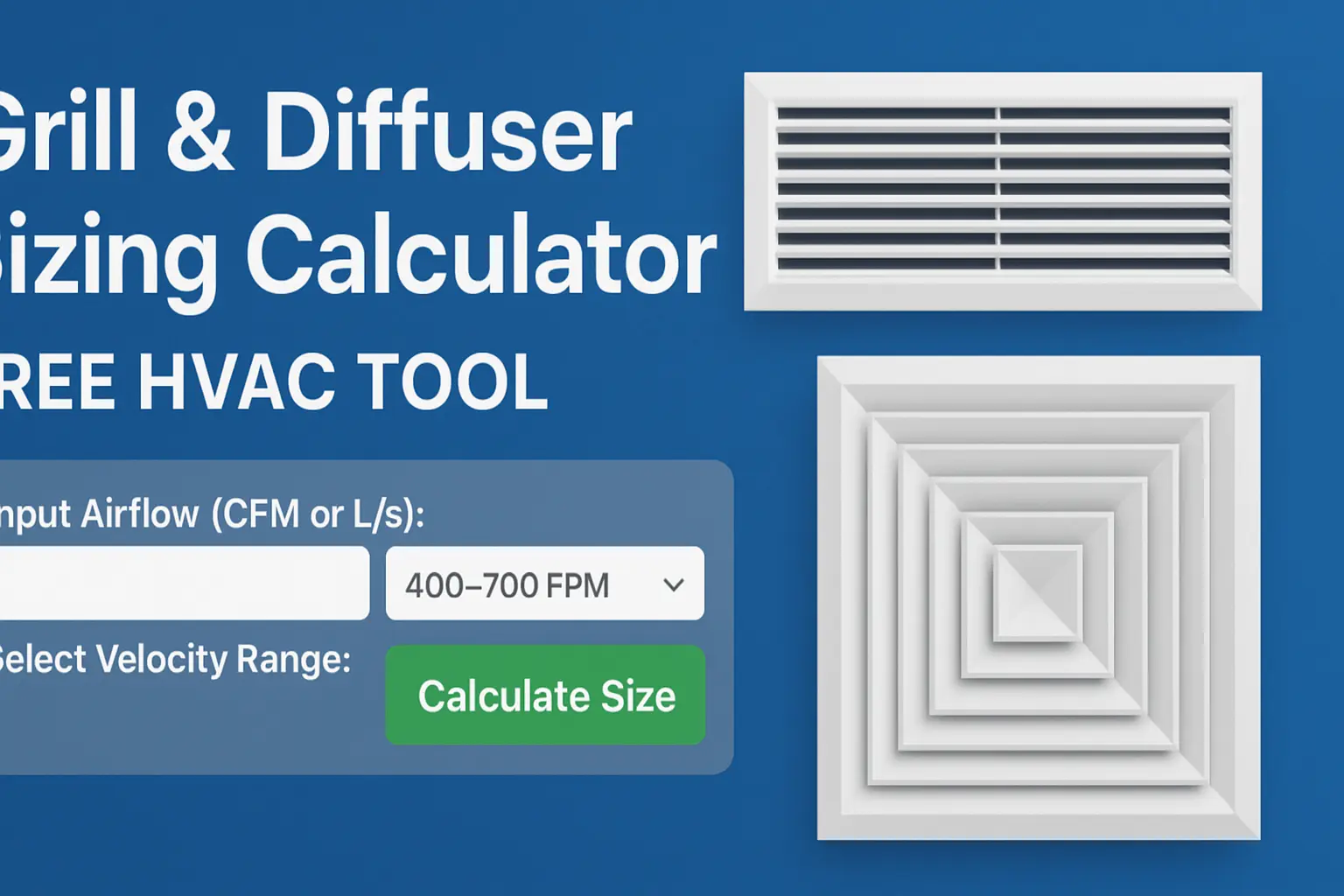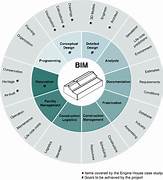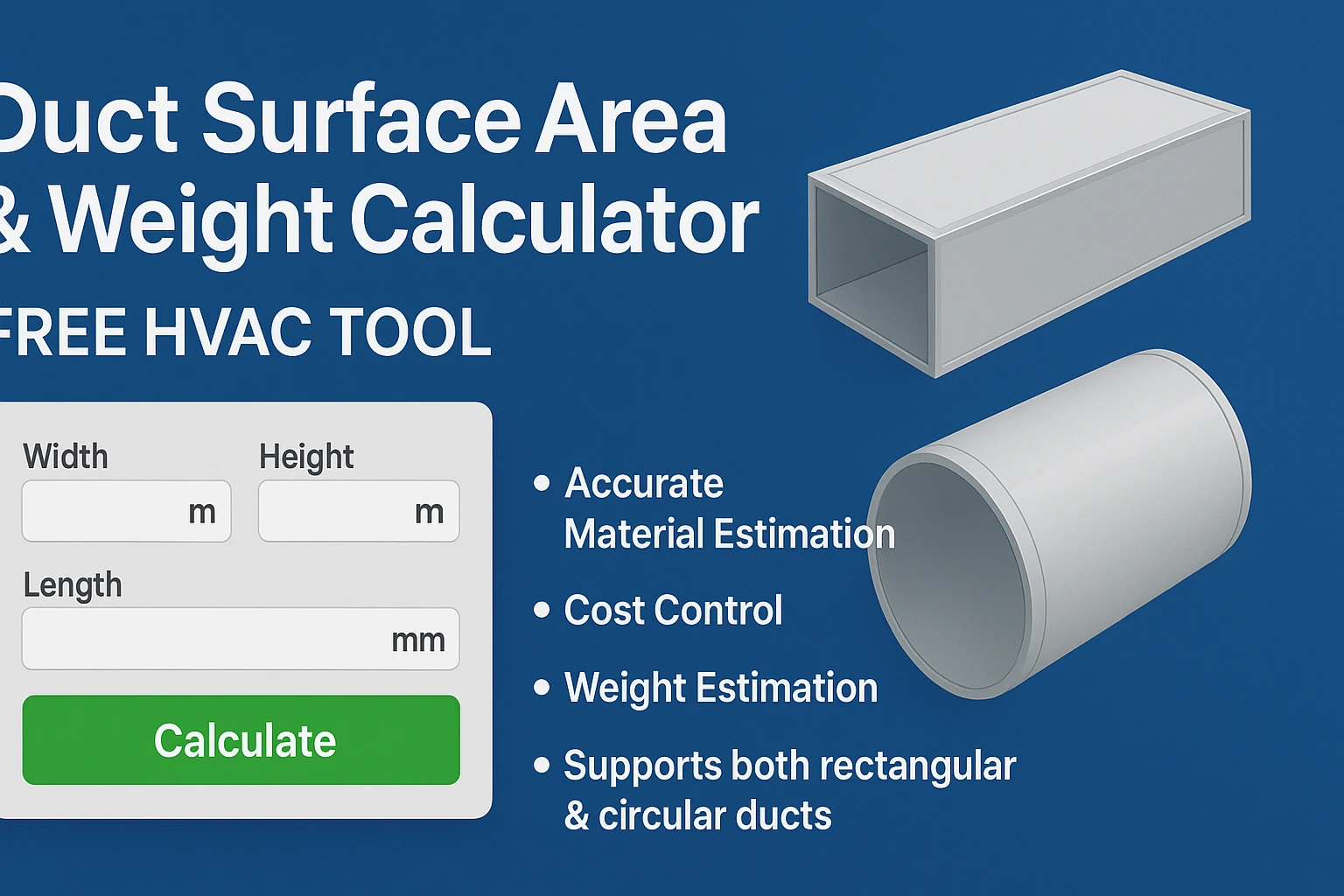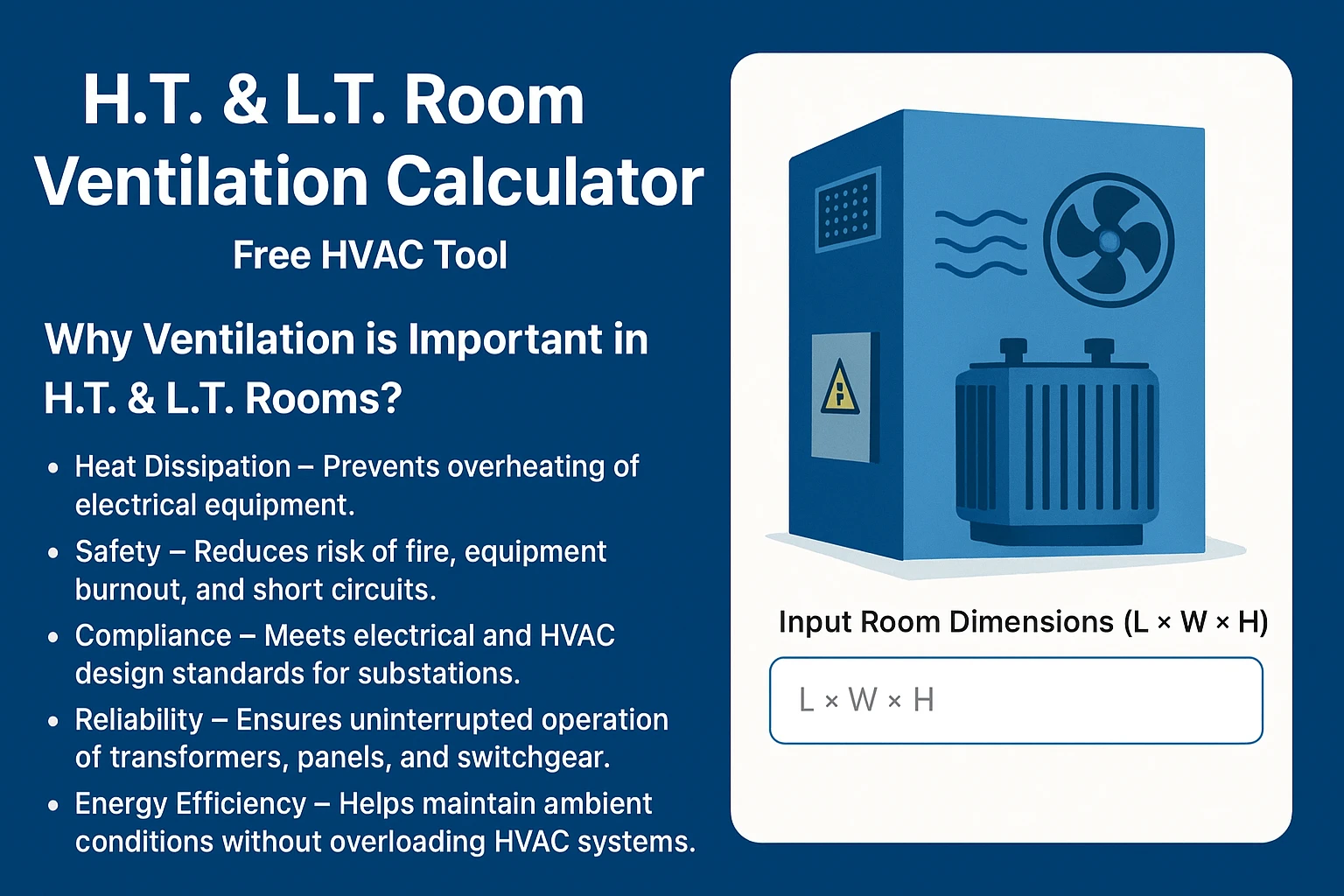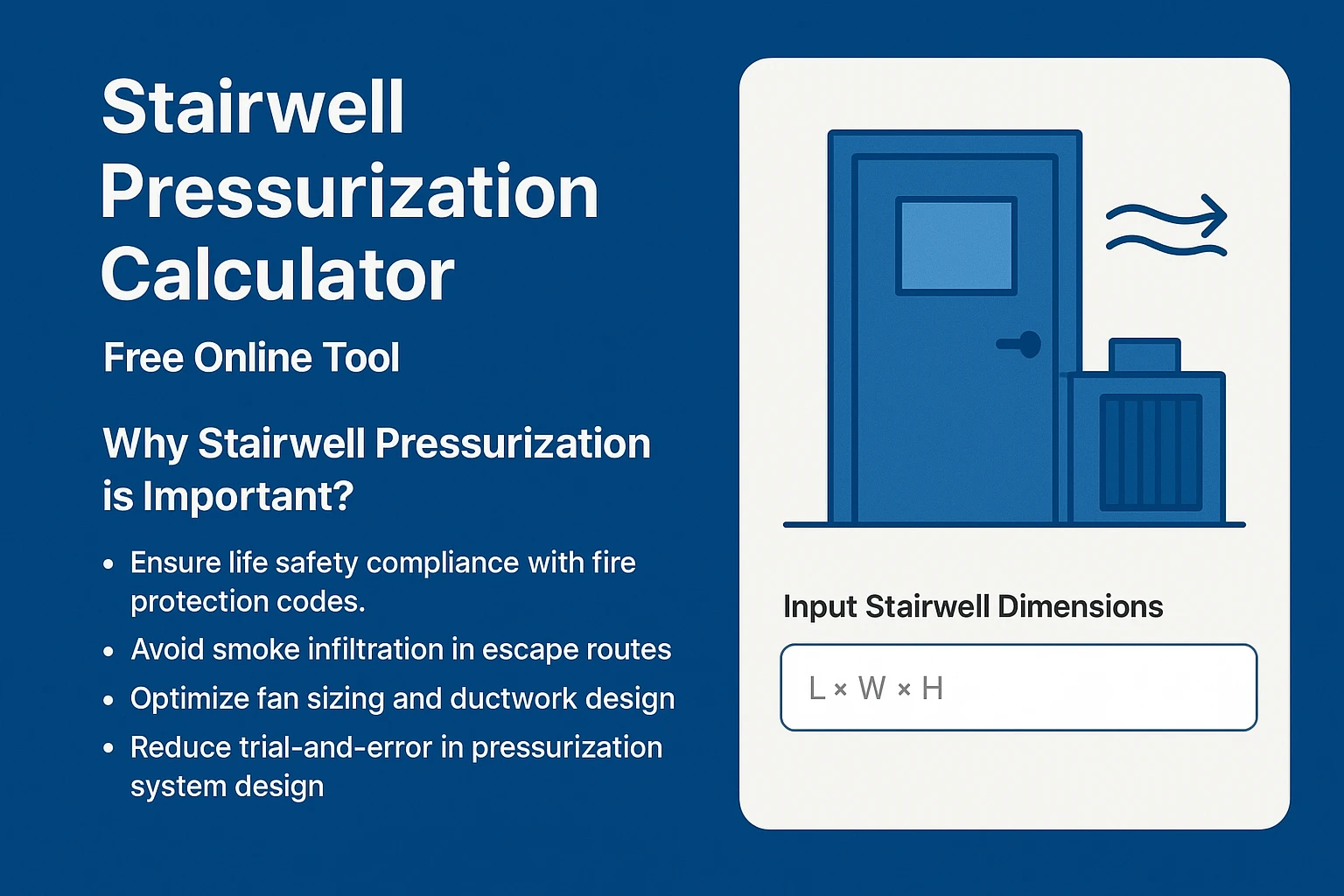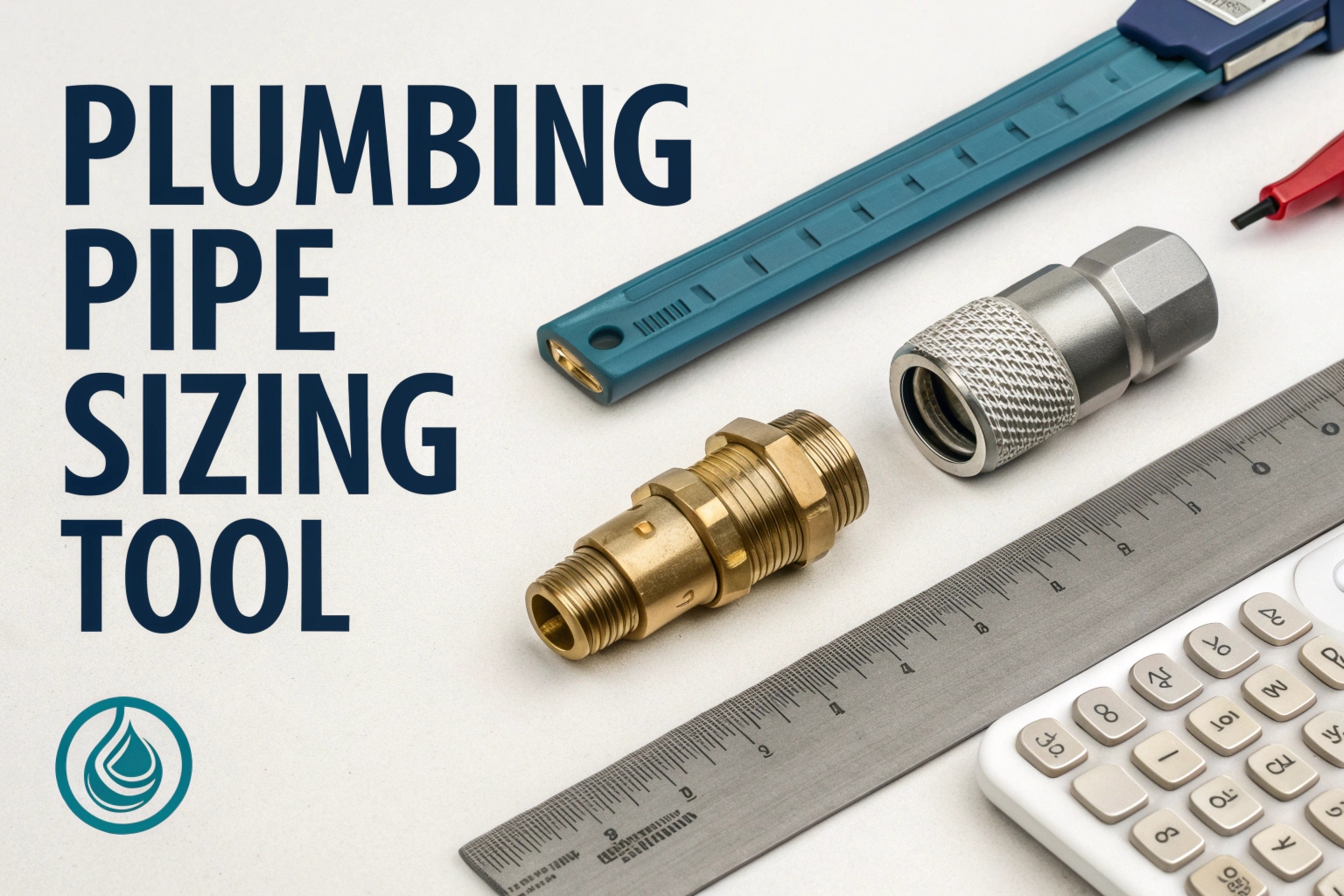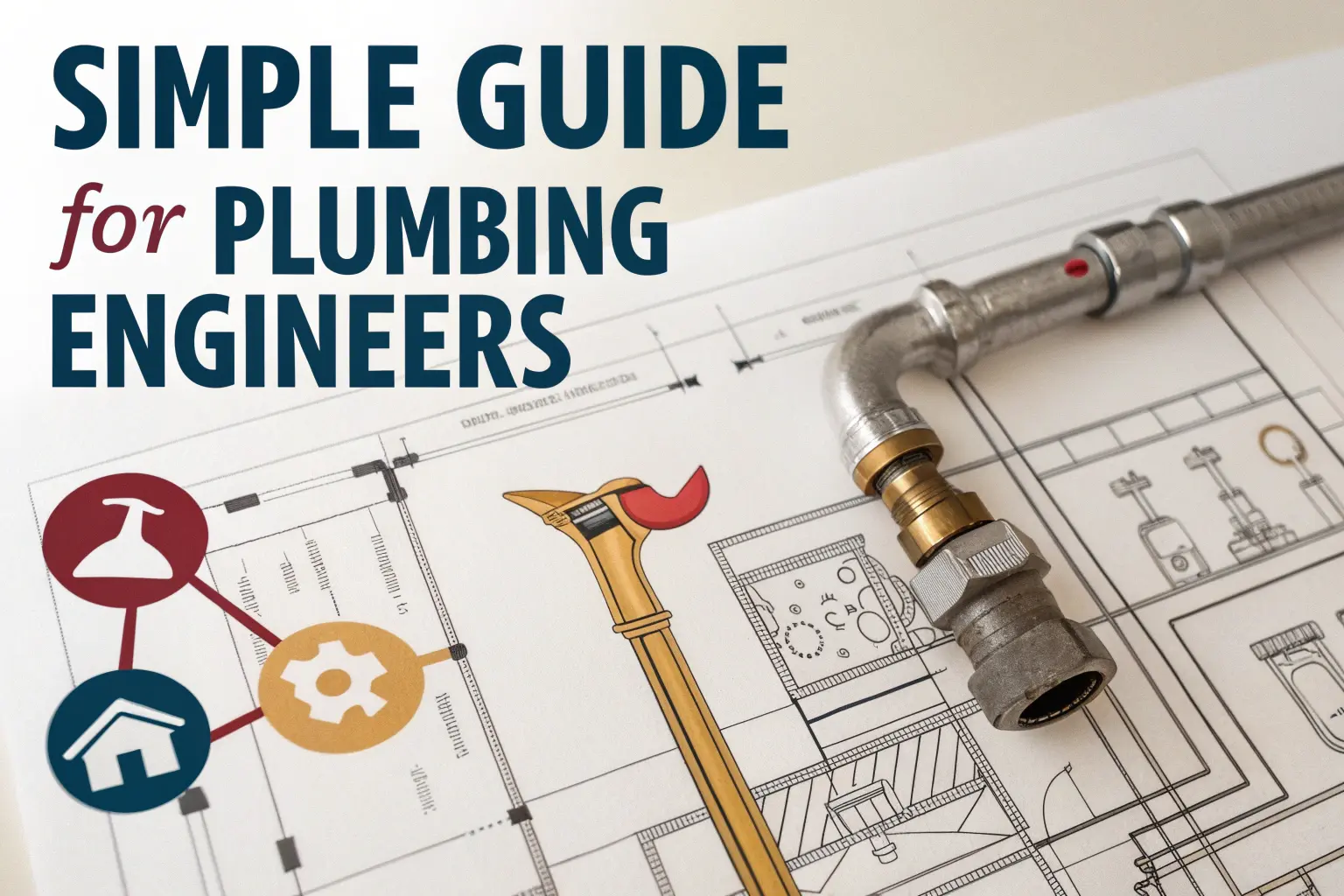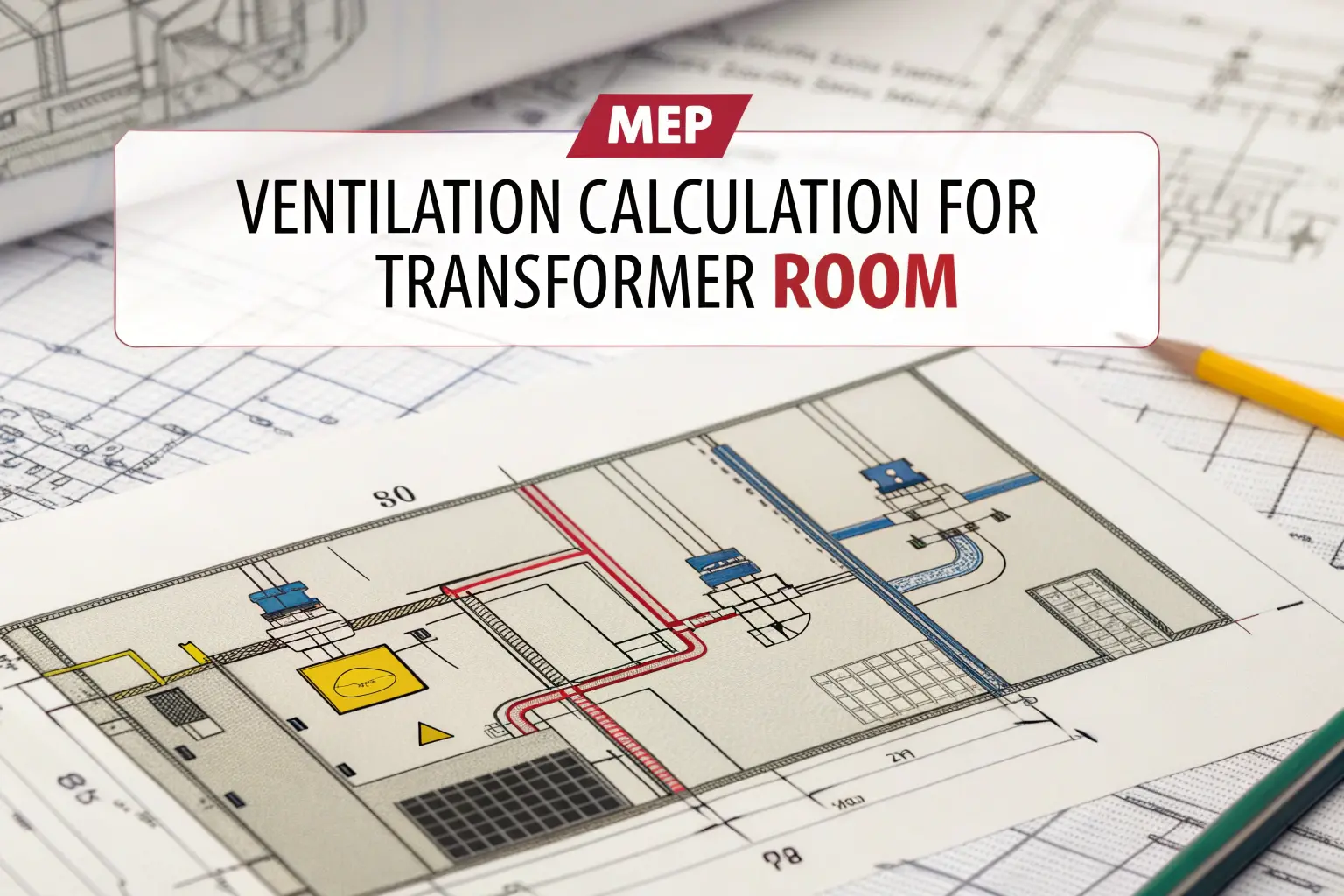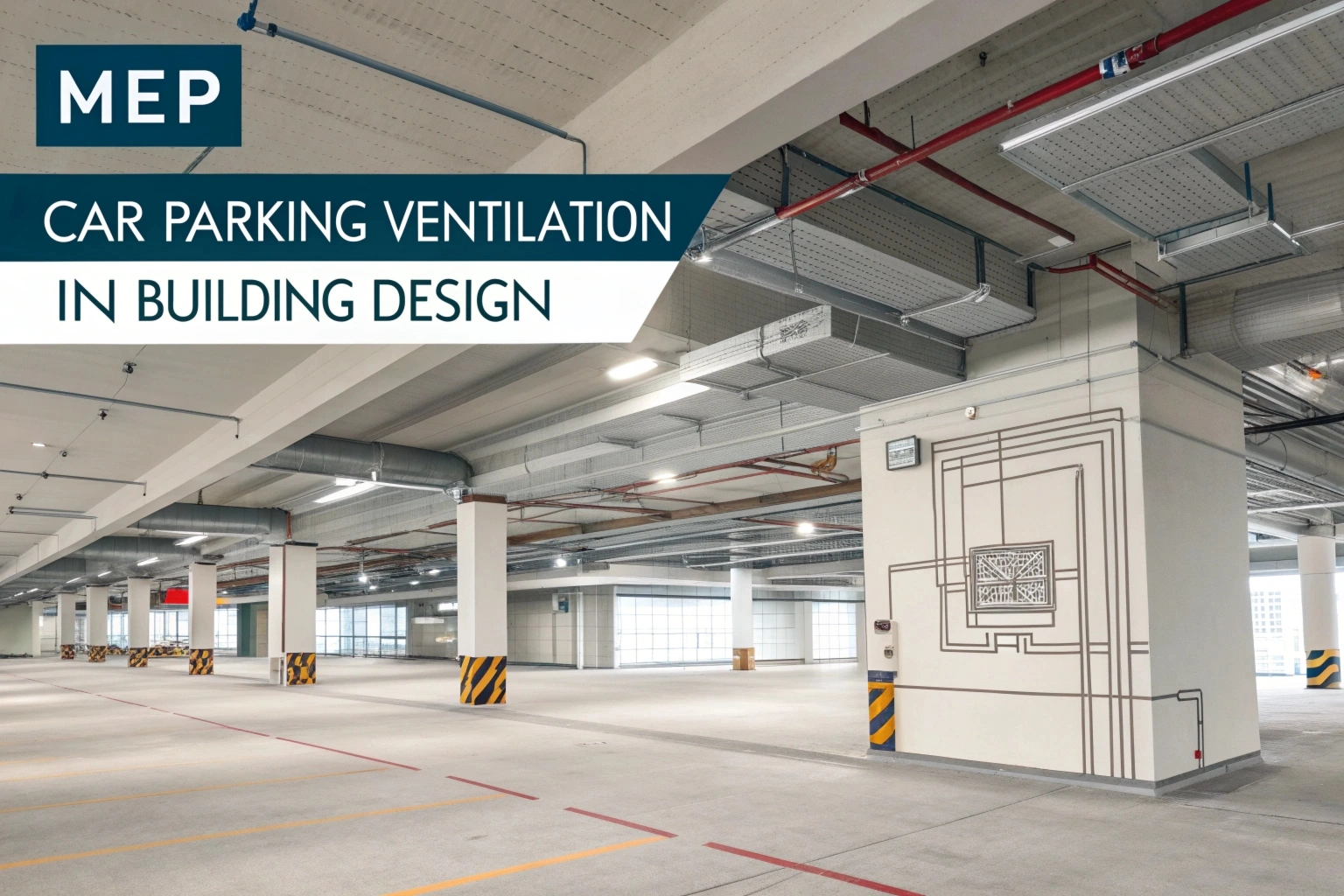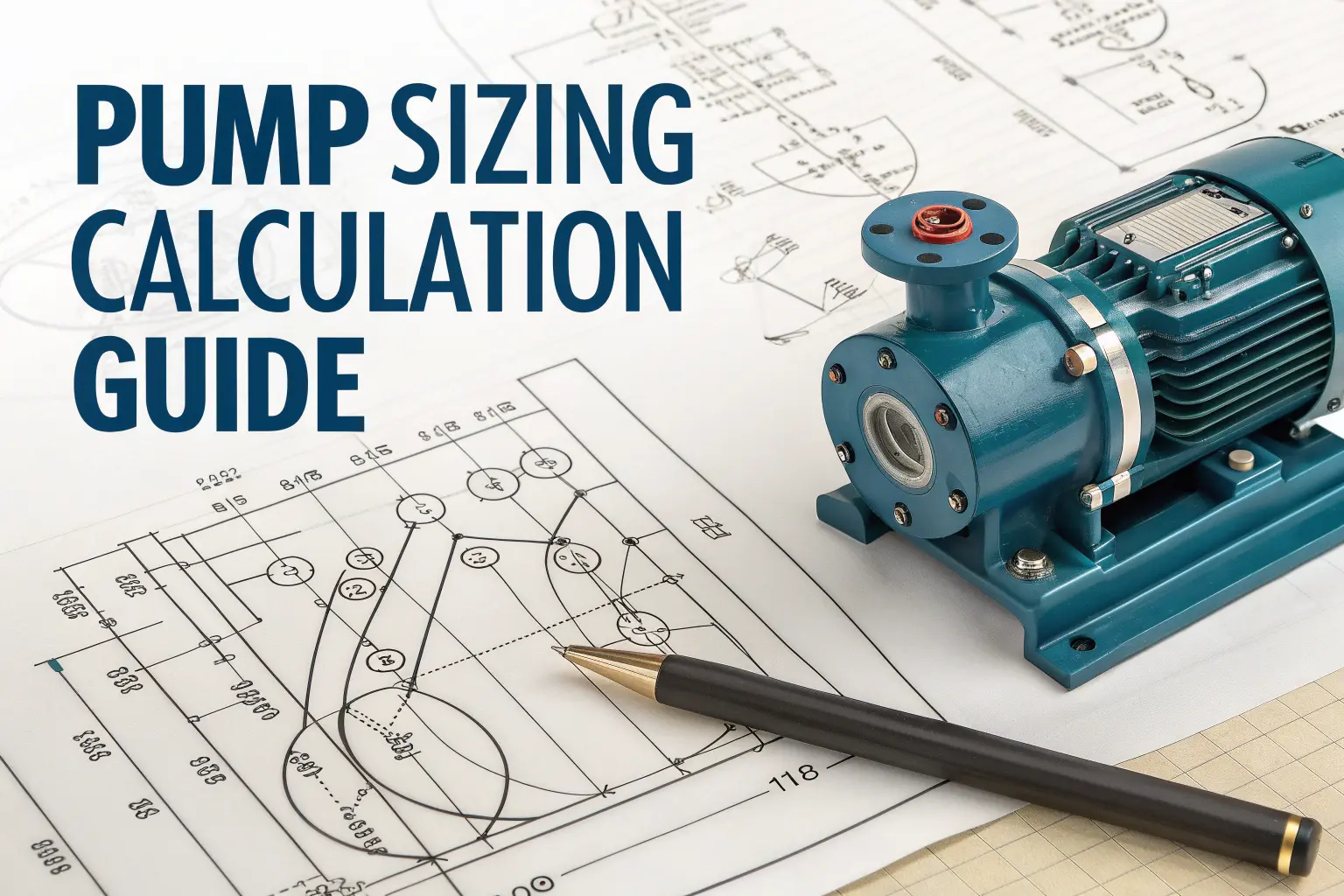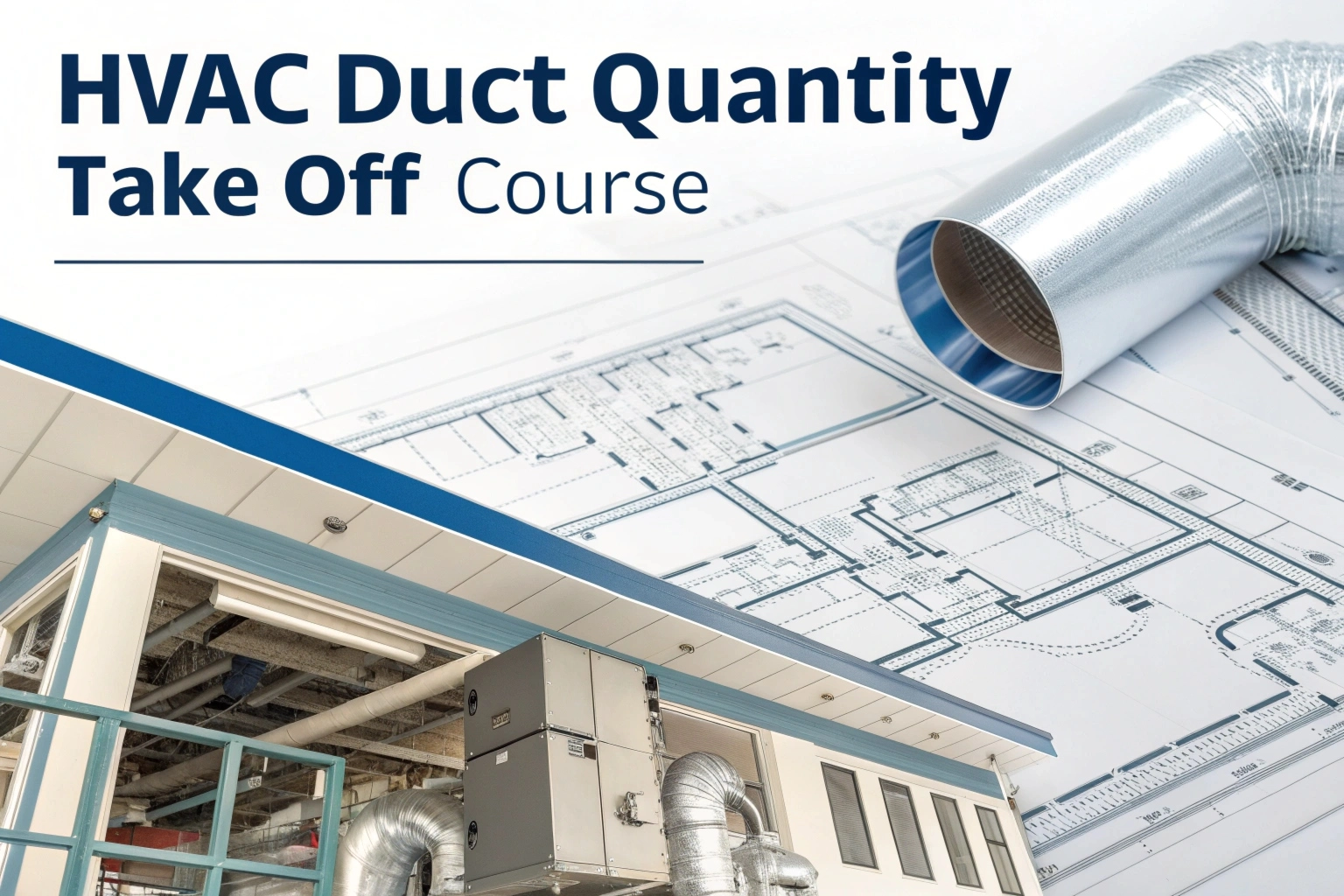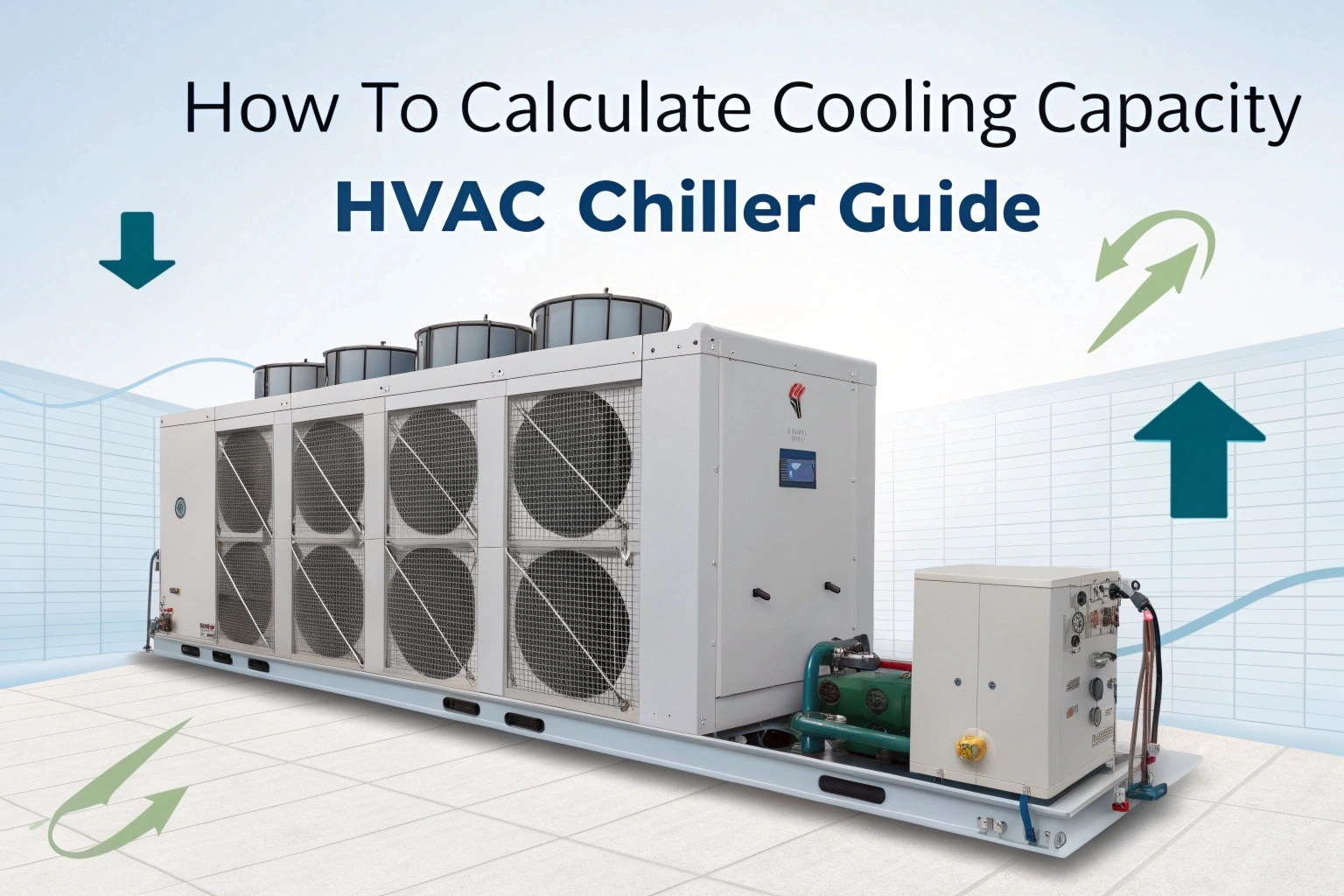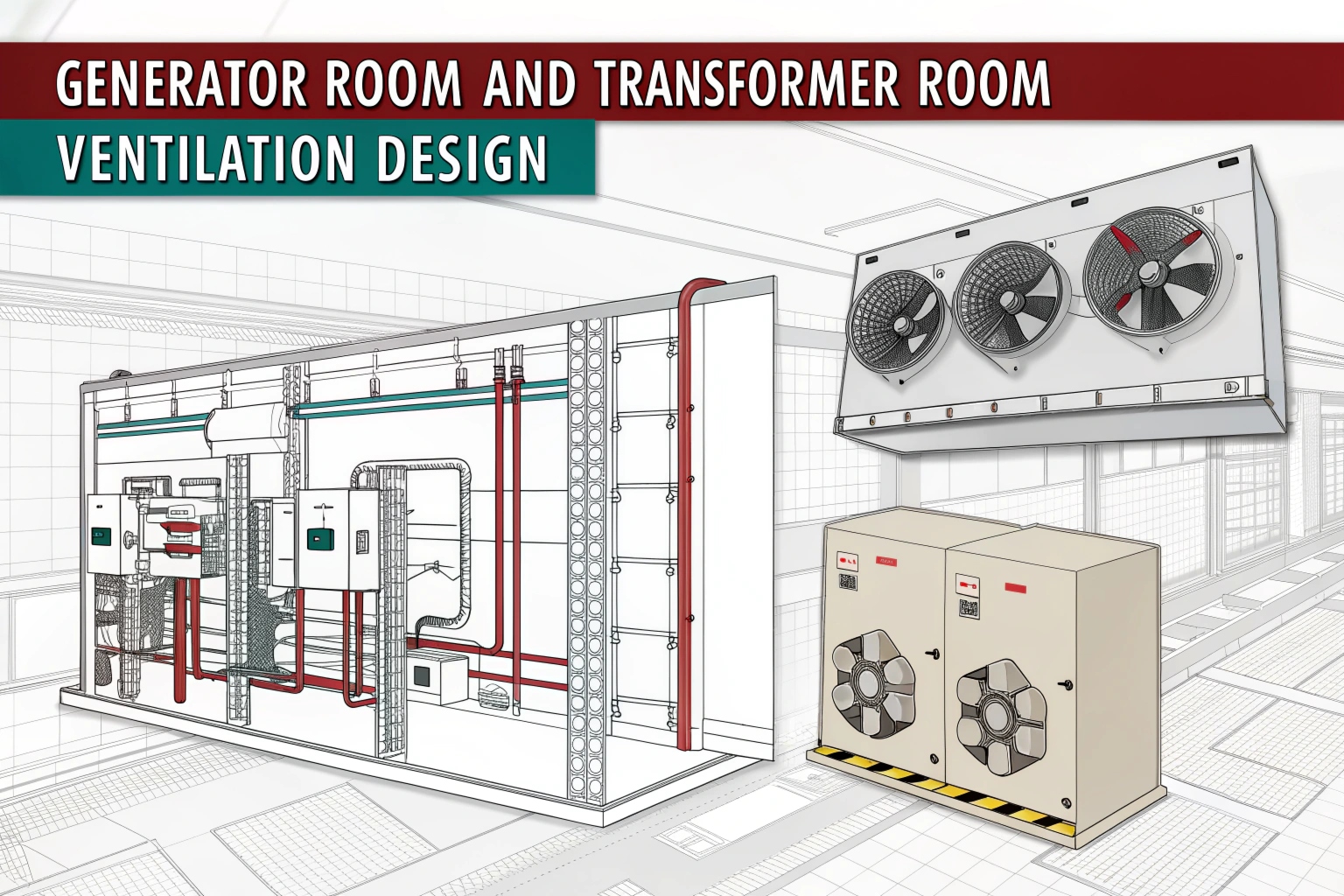Grill & Diffuser Sizing Calculator – In any HVAC system, correct air distribution plays both important roles in maintaining comfort, energy efficiency and indoor air quality.
Gills and diffusers are air terminals that supply fresh air to a space and vent stale air into the system. If they are not sized correctly, problems such as draft noise, uneven cooling or heating and higher energy bills can occur.
To simplify this design process, we have created Grill & Diffuser Sizing Calculator, a free and easy to use online tool. It helps HVAC engineers, contractors or students to calculate the perfect size of the air terminal according to the airflow requirements or recommended velocity ranges
Why Proper Sizing of Grills and Diffusers Matters?
- Comfort – Correct sizing ensures uniform air distribution, eliminating hot or cold spots in a room.
- Noise Control – Oversized or undersized grills/diffusers often cause whistling or vibration noise due to incorrect air velocity.
- Energy Efficiency – Proper sizing reduces fan power consumption and avoids unnecessary pressure drops in ductwork.
- Compliance – Helps meet industry standards like ASHRAE, SMACNA, and ISHRAE guidelines for air distribution.
Features of Our Calculator
- Input Airflow (CFM or L/s): Enter the airflow requirement for the room or zone.
- Select Velocity Range: Choose recommended face velocity (typically 400–700 FPM for supply and 300–600 FPM for return).
- Automatic Size Suggestion: Get the suitable grill/diffuser size in inches or millimeters.
- Supports Both Supply & Return Air Terminals: Useful for sizing supply diffusers, return grills, and exhaust outlets.
- Fast & Accurate: Eliminates manual chart reading and reduces the chance of errors.
Applications
- Commercial buildings – offices, malls, hospitals, hotels.
- Residential projects – apartments, villas, high-rise flats.
- Industrial facilities – workshops, warehouses, clean rooms.
- Educational use – training for HVAC engineering students.
FAQs
Q1. What is the difference between a grill and a diffuser?
- A diffuser supplies air evenly in multiple directions and is usually installed on ceilings.
- A grill is used for return or exhaust air, typically mounted on walls or ceilings.
Q2. What is the recommended velocity for sizing?
- For supply diffusers: 400–700 FPM
- For return grills: 300–600 FPM
Q3. Can this calculator be used for both supply and return air?
- Yes, simply select the correct airflow and velocity range, and the tool will suggest the right size.
Q4. Why not oversize the diffuser or grill?
- Oversizing may reduce velocity too much, leading to poor air mixing and discomfort.

